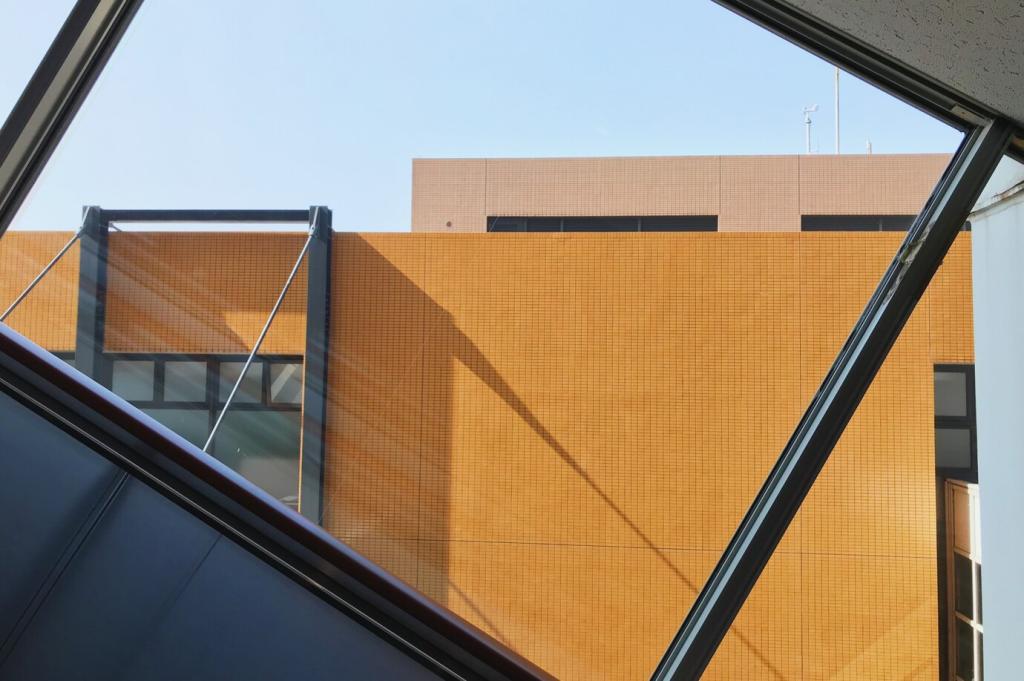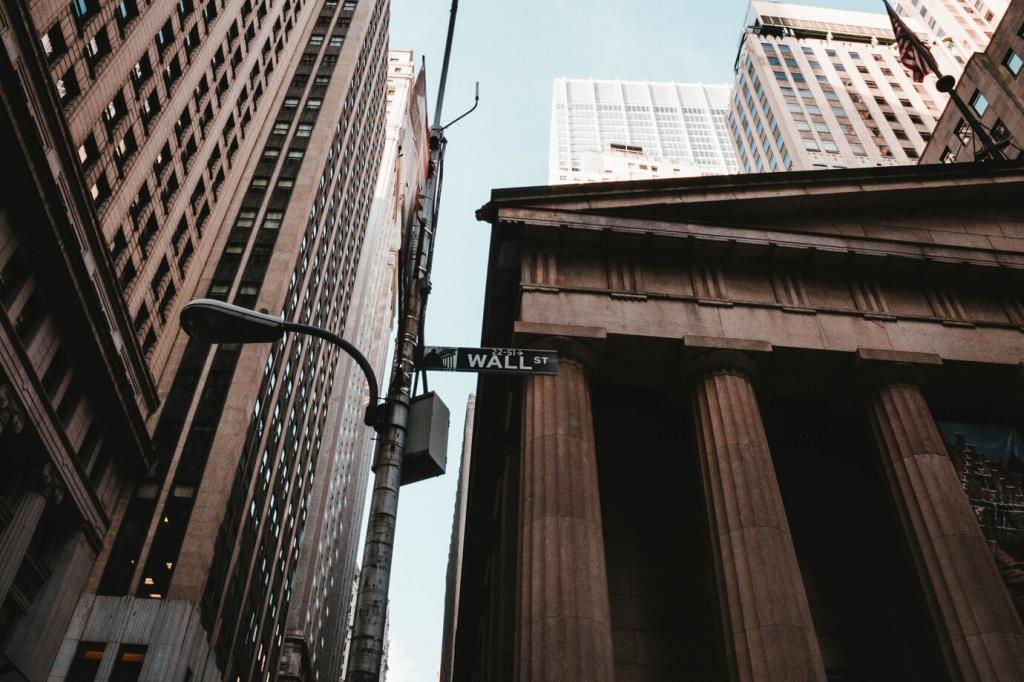
Emerging Trends in Urban Real Estate Investment: Shaping Tomorrow’s Cities Today
Chosen theme: Emerging Trends in Urban Real Estate Investment. Explore how technology, policy, design, and shifting lifestyles are redefining value in dense city markets—and discover ways to engage, subscribe, and share your perspective.

Machine learning models can triangulate foot-traffic heat maps, card-spend growth, and transit reliability to identify authentic demand. One reader shared how a quiet warehouse strip blossomed after scooter lanes arrived, validating their early, data-led conviction.

Live rental listings, lease concessions, and debt spreads offer a constantly updating pulse on risk and return. Investors increasingly overlay sentiment dashboards to anticipate cap rate movement, tightening bids or walking away before competition catches on.

What surprising signals have you noticed—late-night café openings, weekend markets, or coworking waitlists? Comment with your neighborhood clues, subscribe for deep dives, and help map emerging urban edges together.


Transit-Oriented Growth and the Micromobility Ripple
Properties within a short, reliable walk to frequent service often demonstrate stronger occupancy and pricing power. Lenders increasingly reward proximity to transit lines that consistently deliver, not just lines that appear thick on the map.
Transit-Oriented Growth and the Micromobility Ripple
Protected bike and scooter lanes shift shopper patterns, compressing delivery times and boosting corner visibility. Smart landlords widen sidewalks, add secure parking, and curate tenants with grab-and-go formats that thrive on quick, frequent visits.
ESG and Decarbonization: From Compliance to Competitive Edge
Retrofits that pay their own way
Heat pumps, smart controls, and building envelope upgrades help lower operating costs while improving comfort. Investors report measurable NOI gains and fewer complaints when airflow, temperature, and daylight harmonize across seasons and unit types.
Policy tailwinds accelerate change
Local laws and incentive programs, like New York’s emissions standards and regional retrofit grants, are steering capital. Early movers are securing rebates and avoiding penalties, capturing both goodwill and spread over slower peers.
Tenant demand for healthy, efficient spaces
Prospects increasingly ask about air quality, natural light, and energy transparency during tours. Leasing teams who speak clearly about sustainability measures build trust—and close—with a story grounded in comfort, savings, and community well-being.
Flexible Living and Experience-First Design
01
Shared amenities, flexible lease lengths, and purpose-built rental homes deliver predictable experiences residents can rely on. In one urban infill project, curated roommate matching cut vacancy weeks and formed a book club that still meets every Thursday.
02
Acoustic privacy, small focus rooms, and shaded outdoor Wi‑Fi zones outperform shiny but underused lounges. Residents reward authentic utility over spectacle, translating thoughtful design into renewals, referrals, and genuine community energy.
03
Is it quiet, green terraces, smart storage, or 24/7 packages you actually trust? Leave a comment with your essentials and subscribe for design breakdowns that turn wish lists into durable value.
Capital Innovation: Fractional Stakes and New Liquidity Paths
Smaller, fractional stakes let more investors participate in urban strategies once dominated by institutions. A reader noted how their first micro-stake cultivated discipline—tracking NOI updates became a monthly ritual rather than an annual surprise.

Capital Innovation: Fractional Stakes and New Liquidity Paths
Potential secondary liquidity can shorten hold periods, enabling sharper portfolio rebalancing. While still evolving, transparent reporting and standardized metrics are laying groundwork for smoother price discovery and investor confidence.
